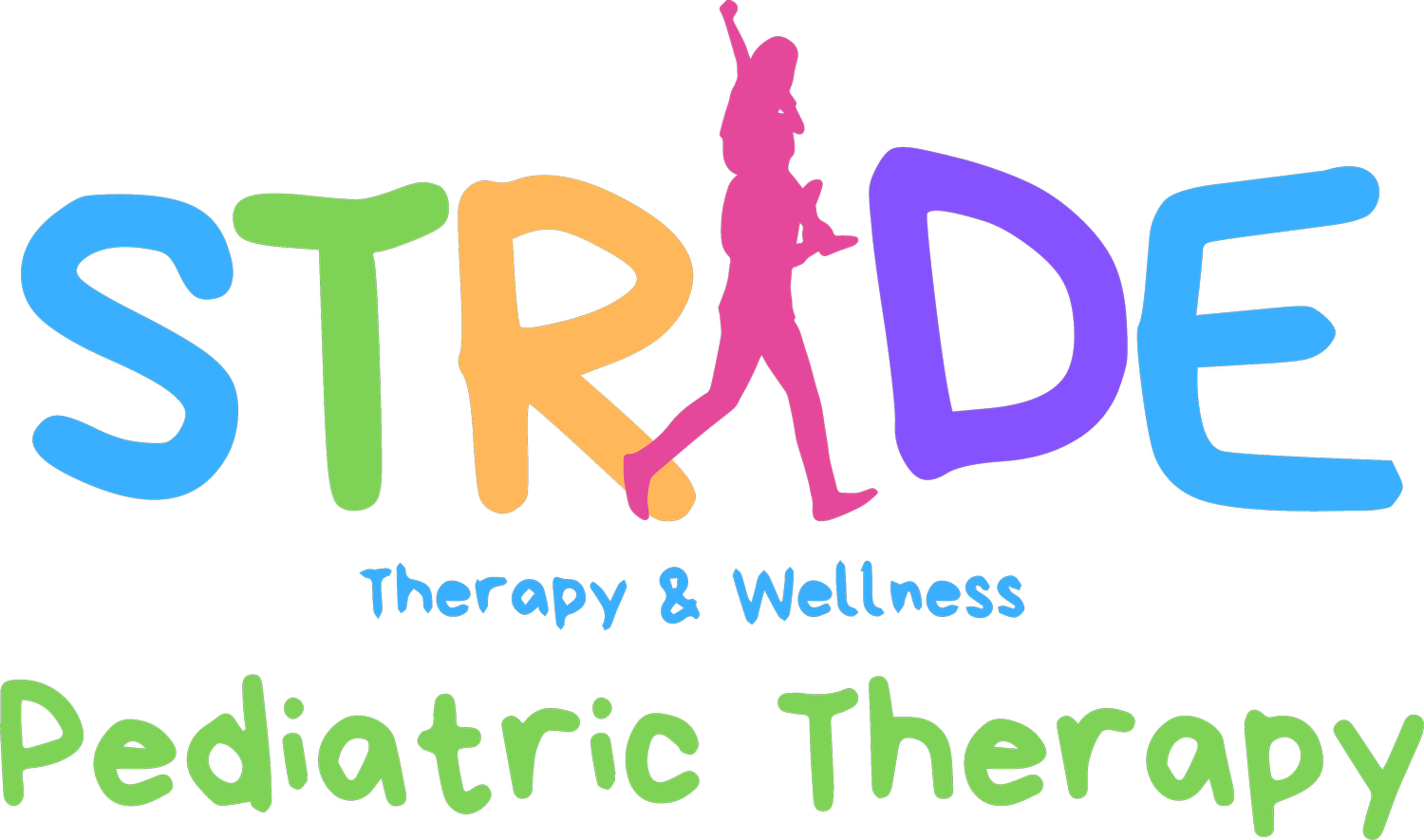What is Vestibular Processing?
Vestibular sensory processing refers to the way that our brain interprets and uses information from the vestibular system, which is located in the inner ear.
Vestibular processing is responsible for helping our kids detect changes in head movement, balance, and spatial orientation. The vestibular system plays a crucial role throughout our lives! It is important in helping us maintain balance and coordinate our movements, and it is also closely connected to our visual and proprioceptive systems.
Vestibular processing is important for child development because it plays a key role in helping children learn about and interact with their environment. The vestibular system helps children develop a sense of balance and coordination, which are necessary for performing many basic motor skills such as walking, running, and climbing. It also helps children develop their visual-motor skills, which are important for activities such as writing, drawing, and playing sports. The vestibular system signals to our other senses (such as vision and proprioceptive systems) when we need to make adjustments to maintain muscle tone, balance, coordination, and a sense of where the body is in space.
Difficulties with vestibular processing can make many aspects of everyday life challenging. Sensory processing difficulties can present as over-responsive (avoidant) or underresponsive (sensory seeking). But oftentimes, a child will exhibit behaviors of both.
When a child is over-responsive, you may notice that she:
Is a very cautious child who avoids movement or may seem fearful of movement
Avoids playground equipment and may not like when her feet dont touch the ground
Walking or balance difficulties
May have decreased muscle tone
May be afraid of heights
Have difficulty walking on uneven surfaces
Have difficulty navigating stairs
Dislike spinning, being upside down, and may become dizzy easily
When a child is over-responsive, you may notice that she:
Is always on the move! She seems to be in constant motion or seems to always fidget. You may also notice that she seeks out opportunities for movements (such as spinning, jumping off of objects)
At times, she may take movement risks without thinking about the safety of the movement.
May also seem hyperactive and energized
It is important for parents and caregivers to be aware of the importance of vestibular sensory processing in child development and to seek help if they suspect that their child may be experiencing problems with this system. If these difficulties are impacting your child’s home or school lifee, its a good idea to chat with an Occupational Therapist. OTs can be particularly helpful in addressing vestibular processing issues because they have expertise in evaluating and treating sensory processing problems. If an OT suspects that a client has a vestibular processing problem, they may use a variety of techniques to assess the individual's vestibular functioning, including observation of movement patterns, balance and coordination tests, and standardized assessments. Once an OT has identified any vestibular processing issues, they can develop a treatment plan to address these problems. Treatment may involve a variety of techniques, including sensory integration therapy, and other interventions.
If you are interested in scheduling an evaluation, click here
